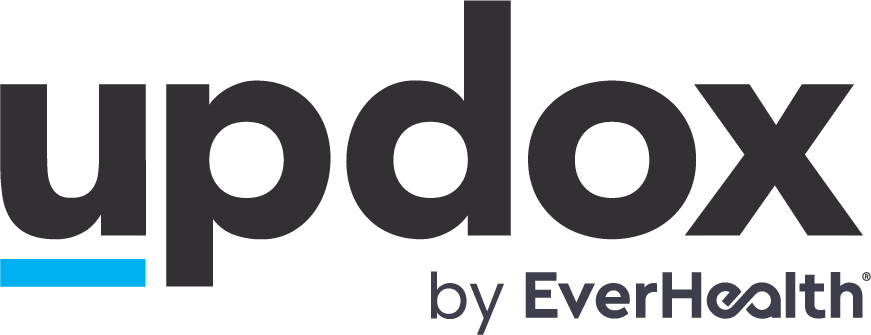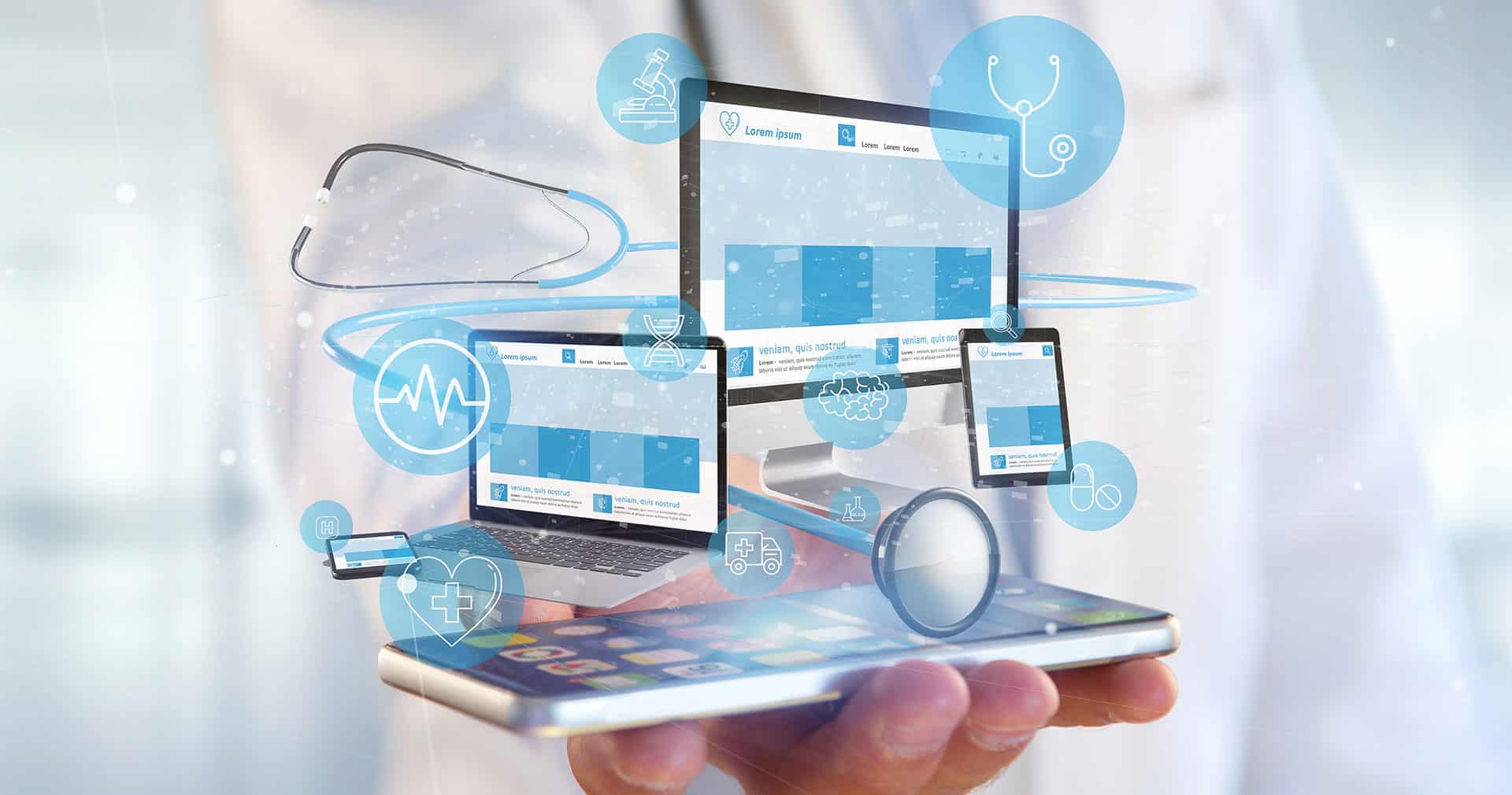
How Will Updox Healthcare Technology Meet Provider, Patient, and Practice Needs?
Updox with help healthcare practices lean into the healthcare technology to run business more efficiently, generate revenue and create better patient engagement.
Providers are able to take a step back, re-evaluate and adjust their patient engagement and operational processes. Moving forward, healthcare providers are looking to leverage the tools previously implemented to improve workflows, reach ROI goals, and meet the needs of new patient expectations.
Take a More Personal Approach
Healthcare is expected to become more personal with care not being one-size fits all. Think about the strategies and processes your practice needs to be competitive and to succeed. There’s a digital front door waiting for you as a gateway to care for patients in a more convenient way and your staff more effectively.
Patients As a Consumer
With the growing rate of consumerism in healthcare, our industry has seen a natural shift from how care was previously delivered. Patients are taking on the role of a consumer more than ever before and viewing healthcare through the lens of what’s most convenient, safe and accessible for them.
So, if their needs aren’t being met, patients feel empowered to ask for what they want and seek services that match their personal lifestyles.
This patient-first trend is driving providers to reevaluate the way they communicate to build a stronger patient engagement by improving the patient experience.
If your practice is looking to adopt healthcare communication technology in the new year, you may want to consider solutions such as secure text, patient messaging, or appointment reminders. 55% of Americans cited these virtual communications tools as key to improving their experience.
Healthcare Technology is Needed to Provide a Hybrid Approach to Care
Before the pandemic, telehealth was viewed as a novelty with only 18.7% of practices offering it. The industry has since seen a boom in visits with both providers and patients beginning to prefer the technology over in-person for routine visits. In fact, 41% of patients expect their healthcare provider to offer telehealth appointment options going forward.
Therefore, it would be beneficial for providers to continue offering telehealth services within their practice. If your practice is determining how to continue offering telehealth without losing the human aspect of location visits, you may want to consider offering a mix of virtual and in-person options for long-term care delivery.
This hybrid approach not only opens additional revenue streams. It also helps build the patient experience as nearly 63% of patients plan to use a combination of telehealth and in-person visits in the new year.
A Paperless Practice Can Improve Staff Satisfaction and Revenue Rates
Another major priority for providers across the nation is to increase their practice revenue while also reducing burnout among staff. While burnout was prominent within our industry before the pandemic, the past two years have given way to even more alarming rates of fatigue experienced by frontline workers which can, unfortunately, impact patient relationships.
While decreasing burnout won’t happen overnight, there are small steps and solutions that can be implemented to help ease the burden felt by staff and your bottom line.
For instance, digitizing documents beyond just your EHR can reduce money spent on paper and save your team hours on manual paperwork. Introducing solutions like HIPAA-Compliant eFax and electronic forms can set your practice up for the future.
Updox is renewing our mission to simplify the business of healthcare for our customers through the power of technology. Check out our CollaborateMD suite of solutions to achieve the resolutions you’ve set out for your practice.




